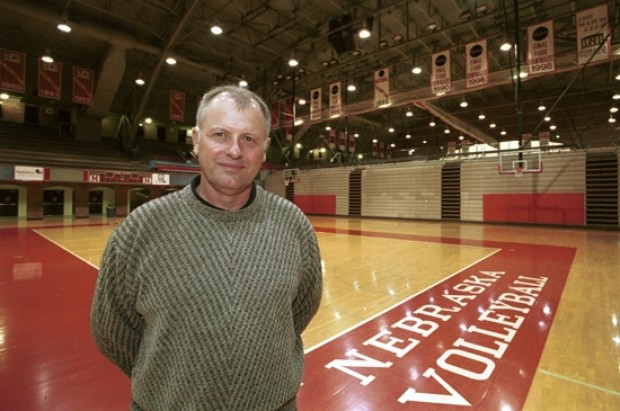Hips below knees, back more horizontal. No, it's not what your trainer told you.
By Mark Rippetoe
February 21, 2014
The idea that below-parallel squats are bad for the knees is complete nonsense that for some reason will not go away. This mythology is mindlessly repeated by orthopedic surgeons, physical therapists, registered nurses, personal trainers, dieticians, sportscasters, librarians, lunch-room monitors, and many other people in positions of authority with no actual knowledge of the topic and no basis in fact for their opinion.
I have been teaching the below-parallel squat for 37 years, and have taught hundreds of thousands of people — in my gym, through my books and videos, and in my seminars — to safely perform the most important exercise in the entire catalog of resistance training. Yet here in 2014, well into the 21st century, westill hear completely uninformed people — who have had ample opportunity to educate themselves yet have failed to do so — advise against performing squats under the assumption that they look scary or hard and are therefore “bad for the knees.”
Here are four reasons why this is not true, and why you should immediately start squatting correctly if you entertain the notion that you’d like to be stronger.
1. The “deep” (hips below the level of the knees) squat is an anatomically normal position for the human body.
It is used as a resting position for millions of people everywhere, and they squat into it and rise out of it every time. There is nothing harmful about either assuming a squatting position — whether sitting down in a chair or into an unsupported squat — or returning to a standing position afterward.
If you look at the knees and hips, you’ll notice that they seem suspiciously well-adapted to doing this very thing. Infants and children squat down below parallel all the time in the absence of pediatric medical intervention. These things should indicate to the thinking person that there is nothing inherently harmful in assuming this anatomically normal position. The fact that you haven’t been squatting is no reason to seek justification for not having done so.
The world powerlifting record for the squat is over 1,000 pounds. My friend Ellen Stein has squatted 400 at the age of 60 at a bodyweight of 132 pounds. Everybody seems to be okay.
Yes, friends, we’ve been squatting since we’ve had knees and hips, and the development of the toilet just reduced the range of motion a little. The comparatively recent innovation of gradually loading this natural movement with a barbell doesn’t mean that it will hurt you, if you do it correctly.
You don’t get to do the squat incorrectly and then tell everybody that squatting hurt your knees.
Disclaimer: This discussion refers specifically to the strength training version of the movement, the one designed to make you progressively stronger by lifting progressively heavier weights. If you are doing hundreds of reps of unweighted squats, your knees and everything else are going to be unavoidably and exquisitely sore.
Read the rest of the article:



